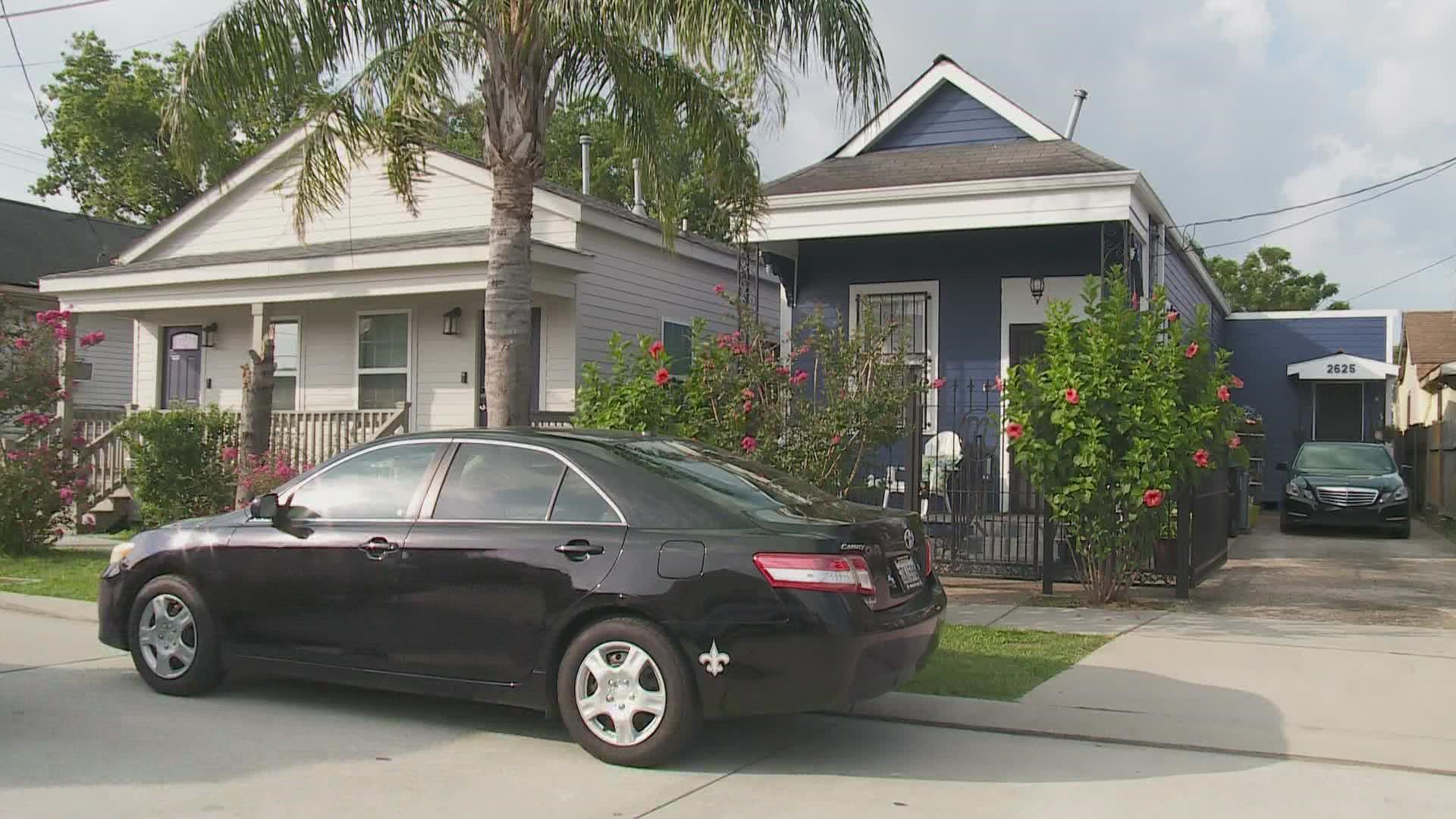NEW ORLEANS — Most property owners are in for some serious sticker shock as their national flood insurance policy renewal notices reach their mailboxes.
That’s because of the government’s new Risk Rating 2.0.
The Coalition for Sustainable Flood Insurance cites a national analysis by FEMA that shows 77% of policyholders’ premiums across the country are now set to go up.
Some states, like Louisiana, could see 80 percent of policies or more increase.
“When you talk about people that are on in many cases fixed incomes, who in some cases go from $500 to $2,000 or some exponential jump that could threaten their homeownership,” Rep. Troy Carter, D-Louisiana said. “The person in the comfort of retirement could potentially lose their home. A young couple or young individuals that just bought their home could jeopardize becoming a renter again because they just can’t afford it.”
Congressman Carter is among three lawmakers who sent a letter to FEMA’s administrator calling for a delay in the rollout of Risk Rating 2.0.
It prices each home individually, rather than by flood zone.
It considers things such as how close the property is to water, the height of the land underneath the home, square footage and how often the street has flooded.
“It’s going to devalue the house if the price of insuring it, far exceeds owning it,” New Orleans Area insurance agent Dan Burghardt said. “That’s a major concern of most of our area people.”
"Some property owners are already dipping into the historically more expensive private flood insurance market,” Burghardt added.
“Those rates as they continue to go up, they’re basically taking away some of the subsidies and the private flood insurance market will come into play. In some cases, it may even work in your favor, right now.”
When you get your renewal notice, it will tell you how high your new rates will go.
It’s listed as the “full risk premium.”
That’s the amount you will have pay over time because the increased costs are capped at 18-percent a year.
“As mine showed at $2,232 renewal, they are going to only be charging me $793 over the next 5 years and increasing accordingly to get it up to the $2,200 a year rate,” Burghardt said.
Congressman Carter says the rollout of the new system of assigning risk on April 1, April Fool’s Day is a cruel joke on the American people.
“Hopefully we can make it that it was a joke and that it goes away, and this was just a bad thought that we fixed,” Carter said. “This is not a party or a race or even a socio-economic one, as much as it is a human issue that people should not be penalized because of natural disasters.”
So far there is no indication FEMA or the White House plans to press pause on the program
Here are some tips from the Coalition for Sustainable Flood Insurance:
Renew your existing policy and maintain an active policy: By maintaining an active policy, you will stay on the Congressionally-mandated glidepath, limiting annual increases on premiums to 18% for primary residences and 25% for non-primary residences and commercial properties. Ensure that your policy is renewed prior to your expiration date (the renewal date plus a 30-day grace period), so that it does not lapse. Once a policy lapses, you cannot reopen it, and if you choose to purchase flood insurance again, you will face full risk rate premiums.
Assume an existing policy: If you are buying a property, ask if that property has an existing NFIP policy. If the property does have an active policy, assume that policy, so that you will be on the glidepath to full risk rate, just as a current policyholder would. If the property does not have an active policy, or if a policy lapses during the transaction, you will immediately be charged a full risk rate premium – you cannot reopen a lapsed policy.
Consider undertaking mitigation measures: FEMA has identified three mitigation measures that can reliably lead to discounts under RR2.0: elevating properties on posts, piles, or piers; elevating machinery and equipment above the first floor; and installing flood openings in a building’s enclosure. However, as each of these measures respectively affect only one of many risk factors involved in premium calculation, the exact impact on premiums from undertaking an individual measure is unclear.

